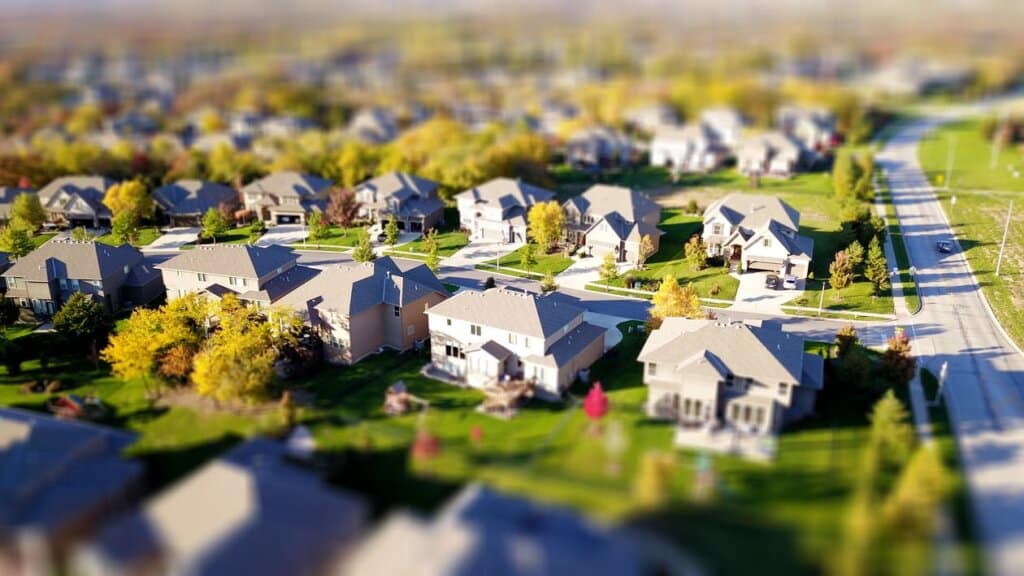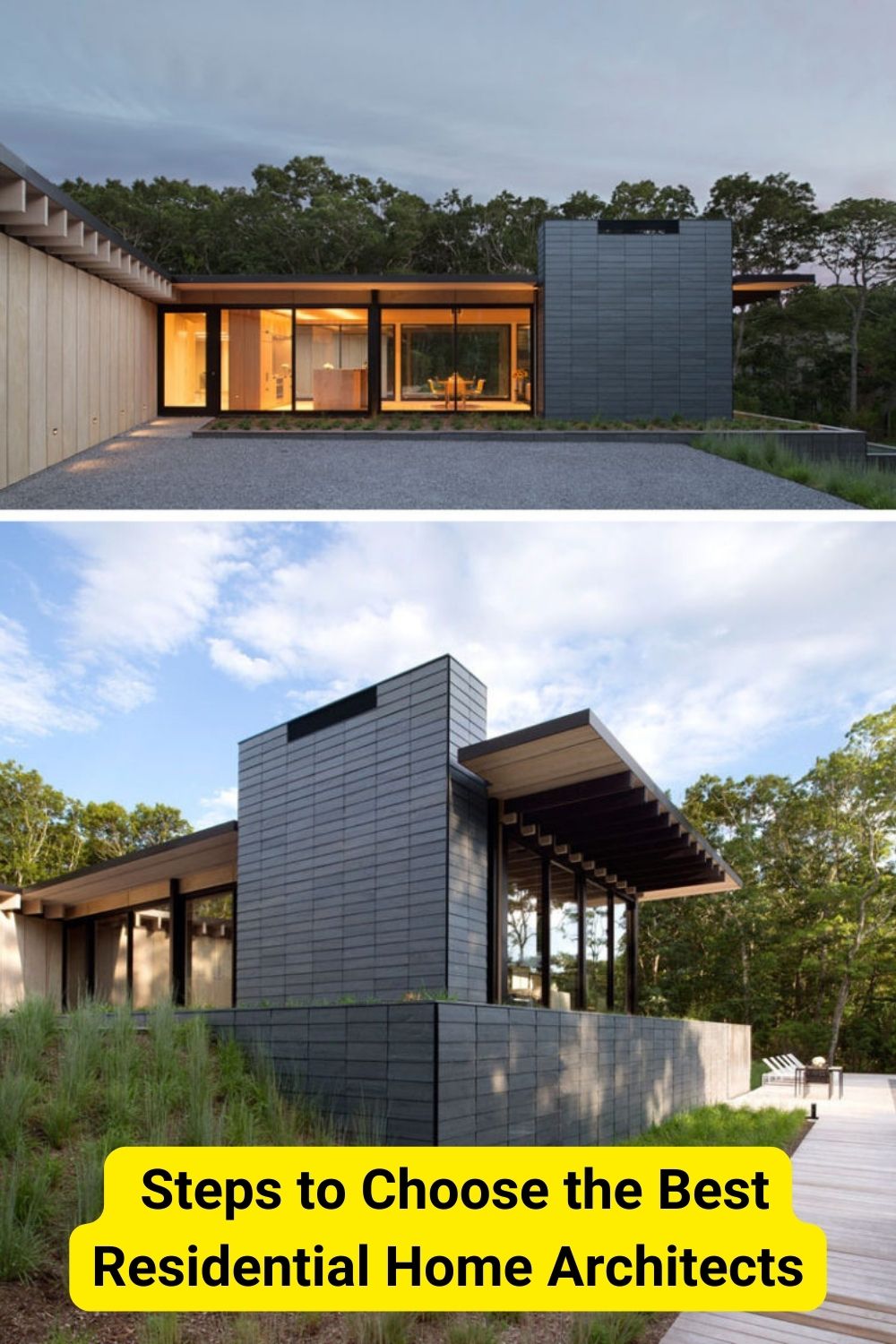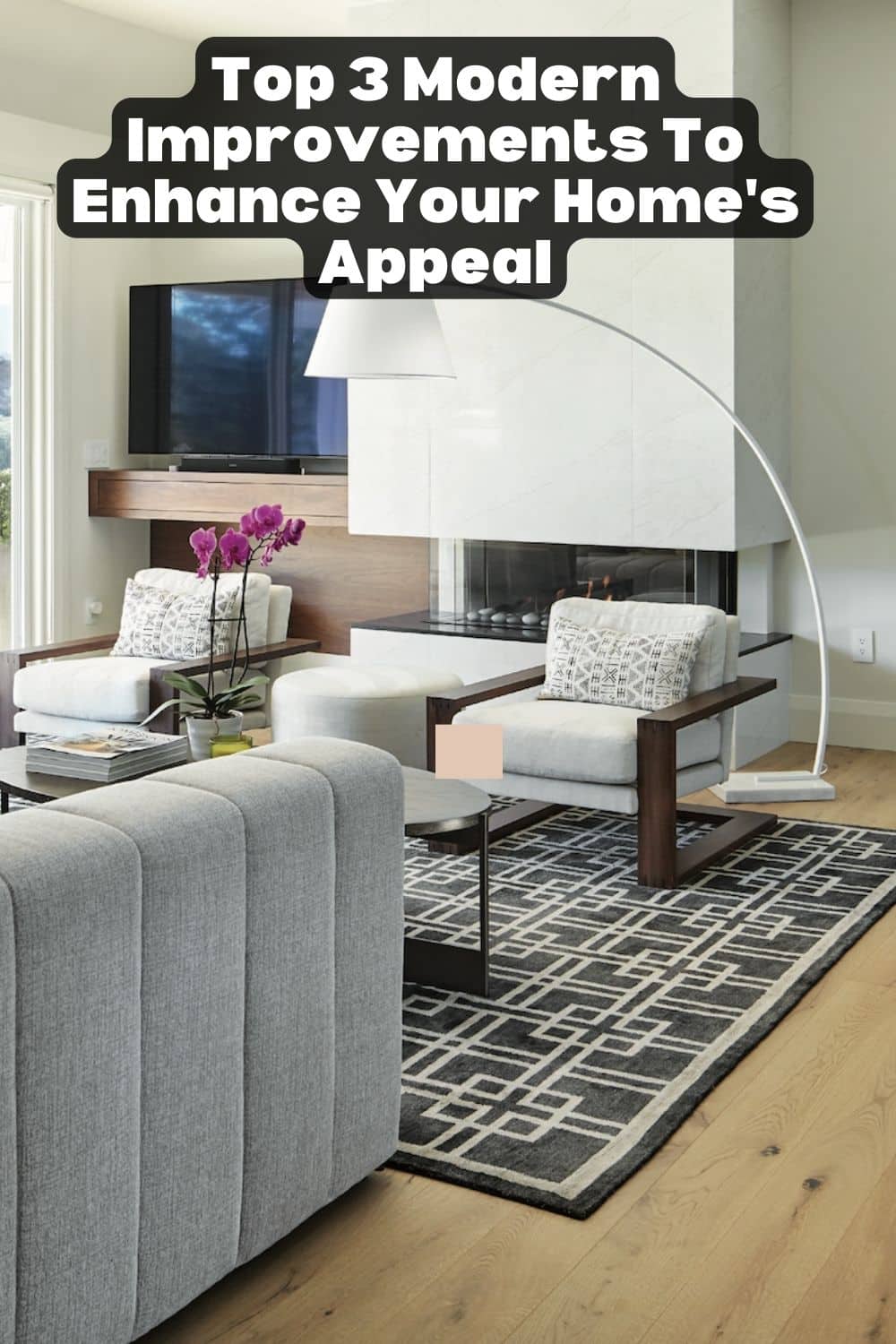Years ago, building an eco-house or a sustainable home was such a niche, only a select few types of builders and construction companies could handle the job.
But it is now so widespread that even most residential homes will be built with sustainability and eco-friendliness in mind.
When we use the words eco or sustainable to describe a home, we’re not referring to a building style but rather the project focus. So, while the designs may be different – they will all adhere to similar goals.
Read also: Top Reasons to Get Solar Lighting in Your Home
Let’s look at some of the most eco-friendly and sustainable options.
Prefab
Also known as prefabricated housing, these homes are built off-site and then transported to the site already made. You can liken it to a piece of furniture arriving already put together, and all you need to do is place it.
One of the most exciting things about a prefab and what makes it so eco-friendly is that there are no waste products in the construction; everything is measured and exact it fits together, almost like LEGO.
Prefabricated housing options are also some of the cheapest eco-friendly and sustainable alternative housing options around. Even when as they include things like solar panels.
And unlike many other smaller prefabs you may have seen in the past, prefabricated houses can have multiple floors and be even bigger inside than a traditional home.
Earth-Sheltered Houses
If you have seen Lord of the Rings and noticed the houses are tucked into the wall and covered in Earth, these are very similar. It is the earth around it that provides incredible insulation.
These homes are also exciting because they are very cozy, warm, and quiet due to their location. You can have your home wholly underground, or you can have it half and half. It is entirely up to you.
One of the things you have to be careful of if you choose to have an earth-sheltered house is that they need to be incredibly tightly sealed so that no rain can see through the Earth and into the home.
Natural Light
And a natural light home is precisely what it sounds like. You’ll have floor-to-ceiling glass in almost all of the walls, and the sunlight can then naturally warm the house.
A since all of the walls are created using glass; it also lets in at the maximum amount of light each day. This is a perfect option for those who want to bring the outdoors inside.
Zero Carbon
If you have the most minimal impact possible, a zero-carbon home has no carbon emissions. In terms of sustainability and eco-efficiency, they are top-notch. They will have the most eco-friendly technology and will be able to generate all of their energy from sustainable sources.
The zero-carbon approach is fascinating because many homes can be turned into zero-carbon by investing in solar panels, a water pump, and grey insulation.
Living Wall
Not everybody has back garden space and can afford to invest in a brand new alternative house. But one of the things you can do is create a living wall.
Living walls offer some incredible insulation for your home, reducing noise pollution and offering something fascinating to look at. Living walls are usually found in urban environments, and they consist of multiple panels with different kinds of plants on them.
Although they have been compared to ivy in the past, or if ivy will attack the walls, a living fence can protect them. You don’t need to maintain these as water delivery systems usually. They are great for stress reduction since they have a very natural appearance.
Alternative housing in the type of technology they include to make sure that they are as eco-friendly and sustainable as possible should inspire the rest of us to see what we can do to our current hopes to enjoy the same reduction in our carbon footprint.






Leave a Reply